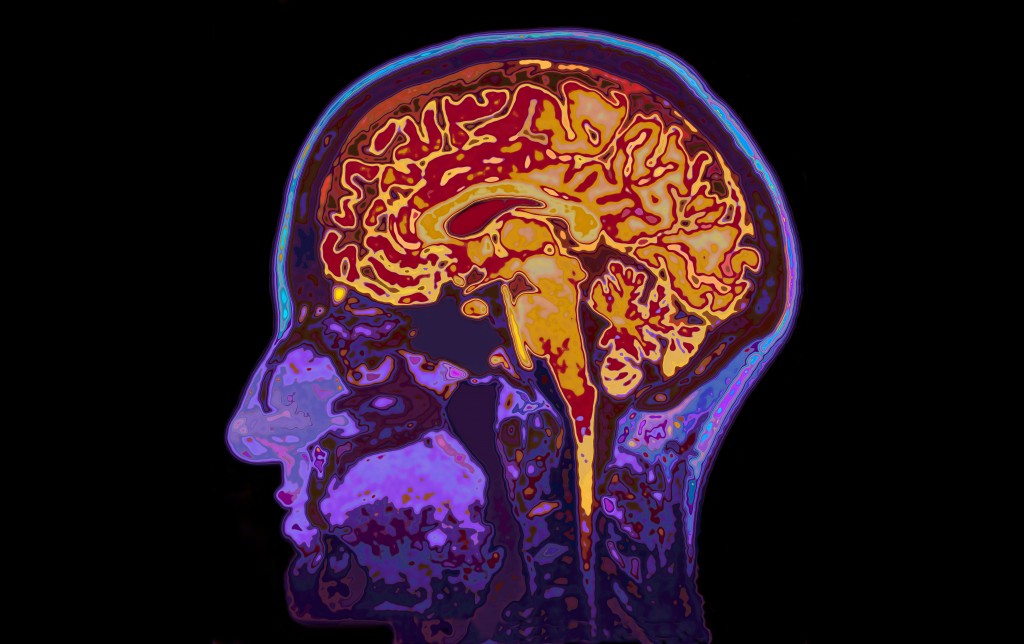Technology has done so much for healthcare in general, but certain fields benefit from modern technology that not many people know about—including home health care.
Home health care has become more effective and accessible throughout the years. And today, the industry is booming more than ever. With many people opting to stay in their homes instead of healthcare facilities, home health care companies have been seeing demand increasing as time goes by.
Along with increasing demand comes the continuous development of tech solutions for the home health care industry. In this article, let’s talk about some of the best applications that help benefit both health care providers and patients:
1. Home care SEO
The majority of families turn to the Internet to find the best home care provider for their ailing members, which is why home care SEO is so important to help these families find exactly what they need in the most efficient way possible. With SEO specifically focused on the home care industry, families—and patients themselves—will have an easier time finding providers, making comparisons, and choosing the right company to address their needs.
2. Remote patient monitoring
Remote patient monitoring is a type of technology that allows healthcare providers to monitor their patients’ well-being without making actual visits. Through software and devices, healthcare providers can keep an eye on their charges’ vital signs (blood pressure, heart rate, oxygen levels, etc.) at any point of the day and from only a computer or smartphone.
Not only does this type of technology improve the quality of care, but it also reduces the need for in-home visits, which can make home health care cheaper and more efficient. It also allows family members to monitor patients’ vital signs and make interventions as needed, which can help families take better care of their ailing members without 24/7 supervision.
3. Telehealth
Telehealth refers to the delivery of health-related services through telecommunication technologies. It is now widely used in the healthcare field, allowing patients to consult with their providers without leaving their house. This tech solution has proven extremely useful in reducing face-to-face interactions that could put people at risk in the pandemic.
As one would expect, telehealth is also a vital part of modern home health care. Since it allows patients to check in with their providers remotely, it helps save time, money, and energy while still providing a good quality of care.
4. Wearable technology
Wearable technology is steadily becoming more popular across many fields, including sports, recreation, and healthcare. In home healthcare, however, wearable technology serves a more critical purpose; it detects potentially hazardous situations such as falls, increased heart rates, and dangerous levels of oxygen depletion, among many others. For seniors receiving home health care, this type of technology allows them to have more independence without putting their health or lives at risk.
Furthermore, wearable technology can be programmed to alert healthcare providers immediately in case of an anomaly. This makes emergency responses faster and more accurate, which can help increase the chances of saving patients’ lives, especially in heart attacks, falls, and low blood pressures (situations that need a prompt emergency response).
5. Virtual reality for training

Multiple fields in the healthcare industry are starting to adopt virtual reality in their training programs, aiming to improve professionals’ skills in decision-making, practical applications, and emergency response. In the home health care field, virtual reality technology can supplement training for providers without having to deal with real-life situations that they are not yet prepared for.
For example, VR can immerse trainees in an emergency that feels real, with all the sights and sounds found in a real-life experience. The program then prompts them with options on what to do in that situation, which can help them make better decisions during actual situations.
6. Electronic monitoring platforms
For quality patient care, seamless communication is key. Home health care involves several professionals to ensure the well-being of a patient, such as the home health care nurse, the primary care doctor, the specialist doctors (if there are any), and the home health care company. Electronic monitoring platforms and electronic health records (EHRs) allow all of these professionals to communicate seamlessly, whether in real-time or not.
Technology is the key to improving the home health care industry beyond its current standards. With the technological solutions that we have in place now, we can only expect the home health care field—and the healthcare industry in general—to surpass the quality of care that most patients receive today.

